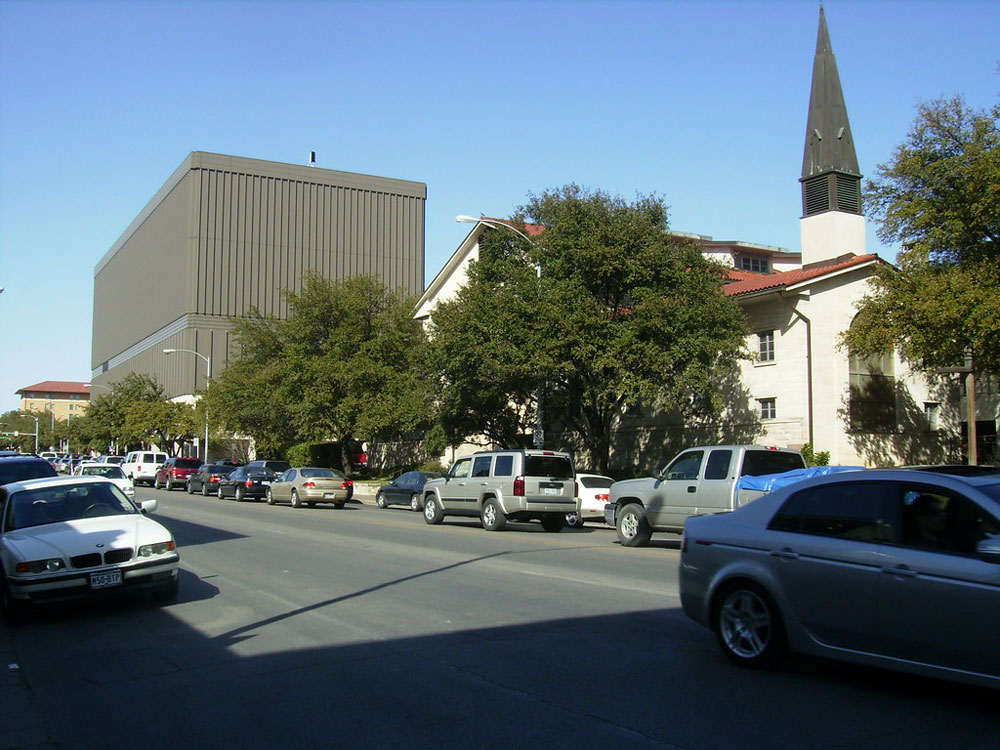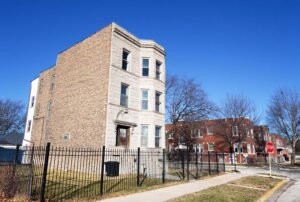
May 31, 2019; Shelterforce
In 2000, Austin’s Guadalupe neighborhood—a 14-block area just across the interstate from the city’s downtown—was 85 percent Mexican American and 15 percent African American, with a median family income of $39,000. Sixteen years later, the neighborhood looks very different. Nearly half of its residents are white, and its median family income is $67,000. Single-family lots are now selling for $650,000. Is Guadalupe destined for a fate similar to other lower-income neighborhoods of color in knowledge hubs and superstar cities like San Francisco, New York, Washington D.C. and Boston, no longer affordable nor recognizable to their long-time residents? What happens when communities shaped by decades of discriminatory development practices are hit by powerful market forces abetted by public policies? Is the outcome inevitable?
As NPQ has noted before, resident displacement is not inevitable, but avoiding gentrification requires communities to assume control, including often ownership of some of the buildings and land, as this case from Austin illustrates.
Sign up for our free newsletters
Subscribe to NPQ's newsletters to have our top stories delivered directly to your inbox.
By signing up, you agree to our privacy policy and terms of use, and to receive messages from NPQ and our partners.
Yes, Guadalupe now has a growing share of million-dollar homes going on the market. But it has also made remarkable strides in preserving affordable housing for residents with long-term ties to the neighborhood. Fifty-four percent (91 units) of the neighborhood’s housing stock that was on the ground 40 years ago is now under long-term community control and dispersed (vs. concentrated) throughout the community. “Community control” means either rental housing owned by a local nonprofit, resident-owned housing governed by resale restrictions, or shared equity homeownership structured through a community land trust. Preference is given to residents with historic ties for Guadalupe.
What’s the secret sauce to preserving more than half of existing affordable housing units in a hot neighborhood? Clearly, not just one strategy, not one short-time fix, nor one solution that’s readily translatable to other contexts. But for Guadalupe in Austin in Texas, the sauce has these four key ingredients:
- A high-performing, community-based development organization that maintains strong resident ties. Created by the local neighborhood association nearly 40 years ago, the Guadalupe Neighborhood Development Corporation (GNDC) has four full-time staff, and an annual budget of about $1.5 million of which half is generated from rental income and fees. Critical to their success has been long-term relationships with the local Chicano Economic Development Corporation, legal aid, and the University of Texas law clinic.
- Early and strategic land acquisition (aka land banking). Through the “four corners strategy,” GNDC in the 1980s purchased strategically located lots to impede land assembly for big redevelopment projects. Then worth $5,000, these lots are now valued at more than $500,000 apiece.
- Innovative responses to changing context. With a laser focus on minimizing displacement of longtime residents, GNDC spent its first two decades to enable/incent residents and rental owners to repair their homes (counseling and deferred loans), improve the neighborhood (street, sidewalk, and alley upgrades) and keep out large and commercial developments (land banking and downzoning residential lots). Since 2000 and with the influx of higher-income, white newcomers, GNDC has turned to two new approaches to prevent displacement. First, they replaced several of their older duplexes with 20+ unit new affordable apartment complexes and built accessory dwelling units (ADUs) on their owned single family lots that are smaller in size. Second, the CDC created the first community land trust in Texas to enable shared equity homeownership. They also instituted a clear preference policy for their renters and owners, giving highest priority to long-term residents and those with historic ties to the community.
- Advocacy at the local and state levels. Finally, GNDC has not shied away from the policy arena, leading efforts at both the Texas legislature and local appraisal district to lower property taxes for CLTs. These two policies mean thousands in annual tax savings for CLT homeowners. Second, they successfully advocated to the Austin City Council to lessen restrictions on ADUs.
In sum, the residents of Guadalupe have consistently and strategically worked for 40 years to preserve their community for longtime residents, mostly low-income and people of color, by creating and sustaining a high-performing local development organization focused at the neighborhood level and on minimizing displacement. They have effectively used outside expertise, traditional community financing tools like the Low-Income Housing Tax Credit as well as innovative tools like the Community Land Trust, land banking, and the ADU. The specific ingredients of this sauce will not suit all palates, but the overall flavors will play well in most communities fighting displacement.—Debby Warren













